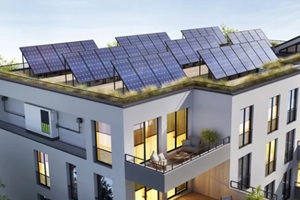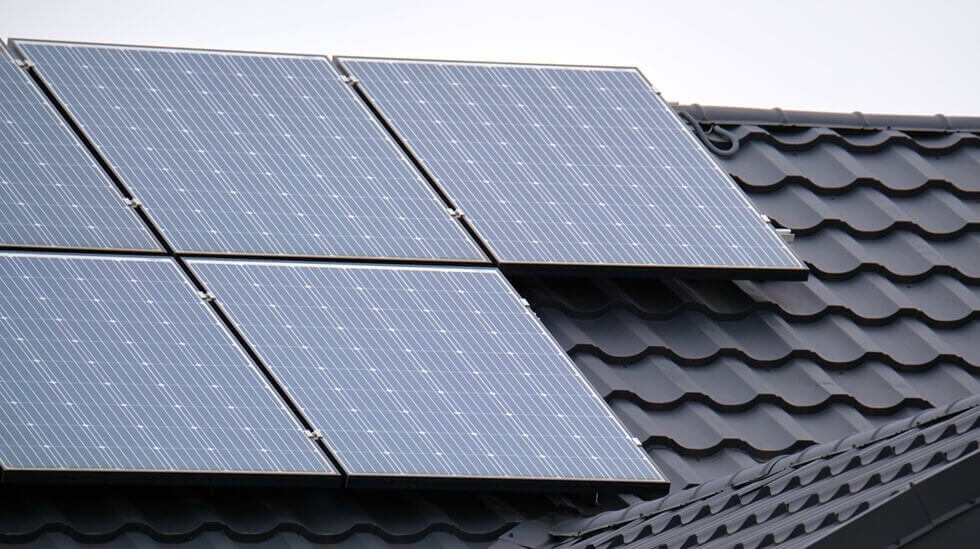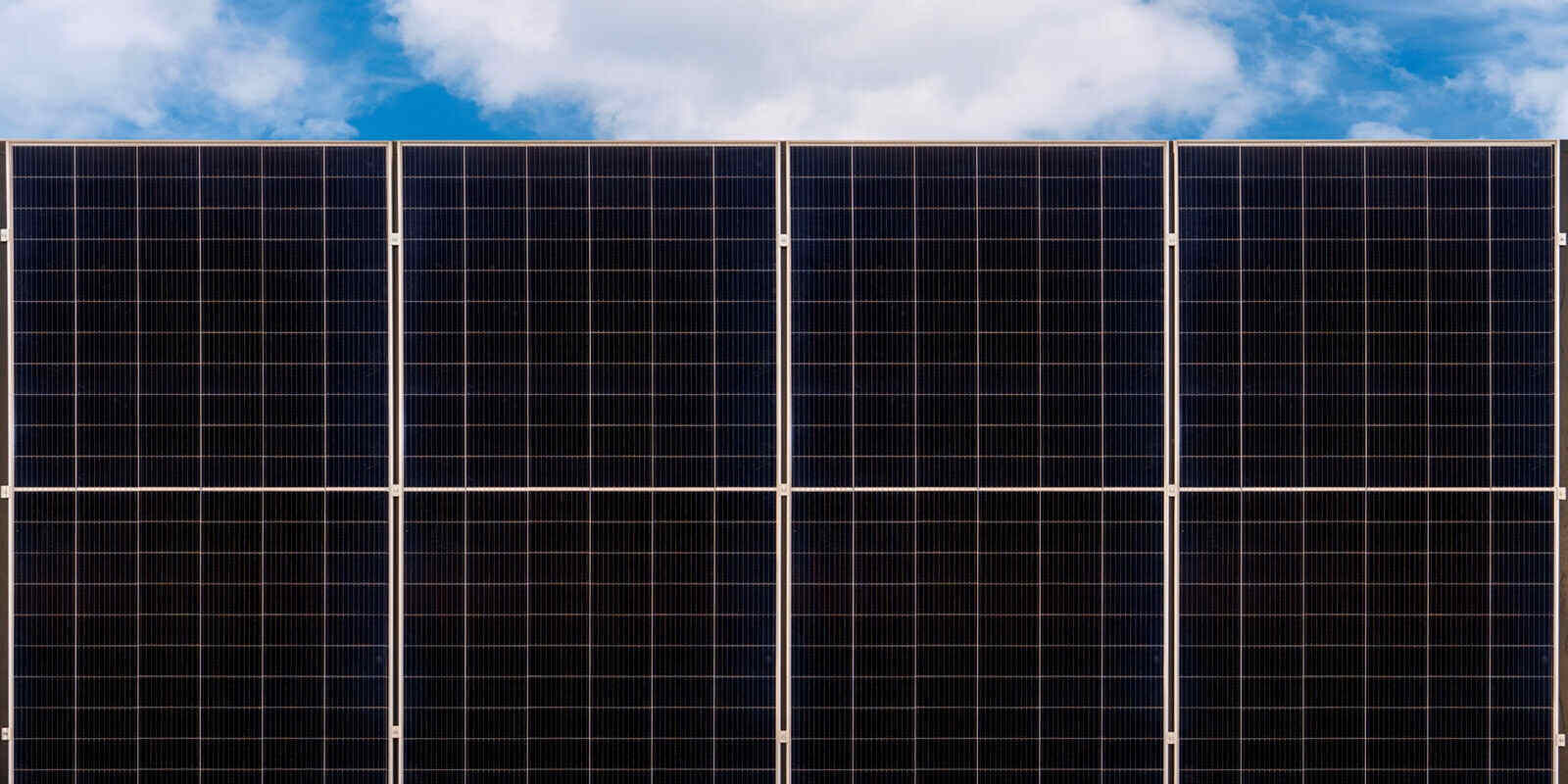Maryland’s Renewable Portfolio Standard (RPS) aims to help Maryland transition to cleaner, more renewable energy. This has contributed to Maryland’s competitive solar market, including its high homeowner engagement and rapid growth. Despite positive changes, RPS policies have also impacted costs for developers, utility providers, and homeowners invested in Solar Renewable Energy Credits (SRECs) in Maryland.
Many Maryland homeowners need help recognizing the limitations created by the RPS and how their SREC prices will be impacted. Homeowners with current solar systems or those considering implementing them consider the link between the RPS, SREC prices, and their potential energy savings.
This article aims to help Maryland homeowners make savvy decisions concerning their energy future by recognizing the factors that will influence SREC prices moving forward.
What is the Renewable Portfolio Standard?

The Renewable Portfolio Standard is legislation from 2004 that sets the state’s target for carbon emissions reduction. It does so by requiring utility providers to support renewable energy sources. In 2019, the Clean Energy Jobs Act expanded the legislation.
The RPS was updated again in 2024 with The Brighter Tomorrow Act, a law aimed at increasing the supply of SRECs in Maryland to help the state reach 14.5% renewable energy use by 2030. When this happened, SREC prices jumped in value, but the higher value did not increase the rate of solar adoption.
The Brighter Tomorrow Act attempts to change that by introducing a 1.5x price increase for specific solar installations. This gives qualifying SRECs a 150% value to utility suppliers as they try to meet the RPS. The hope is that by providing SRECs with this qualifying upgrade potential, more people will upgrade their homes with solar energy systems.
What are SRECs?
Solar Renewable Energy Credits are created when solar installations generate an eligible unit of electricity equal to 1 MWh. These credits are stored in the system and can be sold by experienced brokers on dedicated solar energy credit markets.
For homeowners, SRECs provide a revenue stream in addition to their energy savings, helping them pay off their solar arrays faster. By giving these clean energy credits to utility providers, homeowners help them reach RPS standards without raising infrastructure costs.
Despite this mutually beneficial relationship, SRECs could vary widely in cost without additional regulations. The Solar Alternative Compliance Payment or SACP is a penalty that utility providers must pay if they do not produce enough SRECs according to their RPS requirements. This forces utility providers to buy some SRECs, resulting in a relatively stable economic value per credit.
Homeowners should know that this does not assure that SRECs will always cost a certain amount. In fact, the market value of SRECs fluctuates daily. However, the SACP strives to keep SREC values relatively stable by maintaining demand among providers.
SREC Market Dynamics

SREC prices work similarly to those of the stock market. However, the difference is that under the current Solar Alternative Compliance Payment (SACP), SRECs will almost always sell right under that set price. The SACP is the penalty that utility providers pay for failing to meet their portfolio standard for renewable energy. This means utility providers usually choose to buy SRECs to avoid the penalty.
For homeowners, this means that their SRECs will nearly always sell to the electricity providers that need them. However, many homeowners are now asking why SREC prices have decreased. The reason is that since the SACP has decreased, the price of SRECs has trended down with it.
However, homeowners should not be concerned about these changes since they reflect a maturing financial market stabilizing its supply. Maryland is less than halfway toward reaching its goal of 14.5% solar energy by 2030. This means that it’s unlikely that SREC prices will drop disproportionately to changes in the SACP. The more likely situation is that the SACP will increase, as it did in 2021, and homeowners will see their SREC values increase as a result.
Additionally, The Brighter Tomorrow Act was passed to address the slower-than-expected build rate in solar installations statewide, which impacted SREC performance. It provides a 1.5 price multiplier for SRECs generated by eligible systems, which are defined by these criteria:
- It was installed between July 1, 2024, and January 1, 2028
- It is located on a parking canopy, rooftop, or brownfield
- It has a generating capacity of no more than 5 MW
This multiplier may offset the pressure of SREC prices as they level off, especially if solar deployment increases faster than the RPS. However, by rewarding space-efficient and new solar arrays, this legislation prioritizes the installations that are more desirable investments for utility providers. The most likely outcome is that the SREC market will remain carefully balanced by these factors, even as demand changes.
Contact an Experienced Local Solar Installer to Manage SREC Returns

SREC pricing can be unpredictable, especially as new legislation changes how prices are set. Experienced solar installers in Maryland help homeowners track SREC prices, trade their SRECs, and make sure their installations remain eligible for state programs.
At Energy Select, our professional team of local installers helps homeowners install, manage, and maintain their solar arrays. Regardless of market conditions, SRECs remain a prime benefit of owning a solar installation. As the market becomes more competitive, now is the time for Maryland homeowners to assess their eligibility for a new solar installation and start reaping the benefits provided by Maryland’s Renewable Portfolio Standard.
Contact our team today to learn how to manage SREC returns on a new solar installation and prepare for potential market changes as solar energy evolves.


